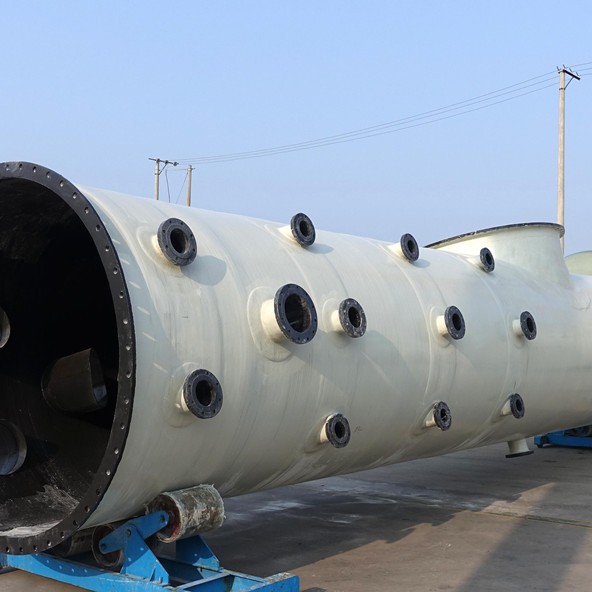
-
 Afrikaans
Afrikaans -
 Albanian
Albanian -
 Amharic
Amharic -
 Arabic
Arabic -
 Armenian
Armenian -
 Azerbaijani
Azerbaijani -
 Basque
Basque -
 Belarusian
Belarusian -
 Bengali
Bengali -
 Bosnian
Bosnian -
 Bulgarian
Bulgarian -
 Catalan
Catalan -
 Cebuano
Cebuano -
 China
China -
 China (Taiwan)
China (Taiwan) -
 Corsican
Corsican -
 Croatian
Croatian -
 Czech
Czech -
 Danish
Danish -
 Dutch
Dutch -
 English
English -
 Esperanto
Esperanto -
 Estonian
Estonian -
 Finnish
Finnish -
 French
French -
 Frisian
Frisian -
 Galician
Galician -
 Georgian
Georgian -
 German
German -
 Greek
Greek -
 Gujarati
Gujarati -
 Haitian Creole
Haitian Creole -
 hausa
hausa -
 hawaiian
hawaiian -
 Hebrew
Hebrew -
 Hindi
Hindi -
 Miao
Miao -
 Hungarian
Hungarian -
 Icelandic
Icelandic -
 igbo
igbo -
 Indonesian
Indonesian -
 irish
irish -
 Italian
Italian -
 Japanese
Japanese -
 Javanese
Javanese -
 Kannada
Kannada -
 kazakh
kazakh -
 Khmer
Khmer -
 Rwandese
Rwandese -
 Korean
Korean -
 Kurdish
Kurdish -
 Kyrgyz
Kyrgyz -
 Lao
Lao -
 Latin
Latin -
 Latvian
Latvian -
 Lithuanian
Lithuanian -
 Luxembourgish
Luxembourgish -
 Macedonian
Macedonian -
 Malgashi
Malgashi -
 Malay
Malay -
 Malayalam
Malayalam -
 Maltese
Maltese -
 Maori
Maori -
 Marathi
Marathi -
 Mongolian
Mongolian -
 Myanmar
Myanmar -
 Nepali
Nepali -
 Norwegian
Norwegian -
 Norwegian
Norwegian -
 Occitan
Occitan -
 Pashto
Pashto -
 Persian
Persian -
 Polish
Polish -
 Portuguese
Portuguese -
 Punjabi
Punjabi -
 Romanian
Romanian -
 Russian
Russian -
 Samoan
Samoan -
 Scottish Gaelic
Scottish Gaelic -
 Serbian
Serbian -
 Sesotho
Sesotho -
 Shona
Shona -
 Sindhi
Sindhi -
 Sinhala
Sinhala -
 Slovak
Slovak -
 Slovenian
Slovenian -
 Somali
Somali -
 Spanish
Spanish -
 Sundanese
Sundanese -
 Swahili
Swahili -
 Swedish
Swedish -
 Tagalog
Tagalog -
 Tajik
Tajik -
 Tamil
Tamil -
 Tatar
Tatar -
 Telugu
Telugu -
 Thai
Thai -
 Turkish
Turkish -
 Turkmen
Turkmen -
 Ukrainian
Ukrainian -
 Urdu
Urdu -
 Uighur
Uighur -
 Uzbek
Uzbek -
 Vietnamese
Vietnamese -
 Welsh
Welsh -
 Bantu
Bantu -
 Yiddish
Yiddish -
 Yoruba
Yoruba -
 Zulu
Zulu
frp moisture trap
Understanding FRP Moisture Traps An Essential Component for Durability and Performance
Fiber-Reinforced Polymer (FRP) materials have gained significant traction in various industries, offering a lightweight, corrosion-resistant alternative to traditional materials like metals and concrete. However, one of the challenges that FRP structures face is moisture intrusion, which can lead to degradation over time. To mitigate this issue, the implementation of FRP moisture traps has become an essential component in enhancing the longevity and performance of FRP-based systems.
What is an FRP Moisture Trap?
FRP moisture traps are specialized design features or devices integrated into FRP constructions to capture and redirect moisture away from critical components. These traps are particularly important in applications where FRP is exposed to water, humidity, or other environmental factors that can lead to deterioration. By preventing moisture accumulation, these traps help maintain the structural integrity and functionality of FRP materials.
Importance of Moisture Management in FRP Systems
Moisture can adversely affect the physical properties of FRP materials. When water penetrates the polymer matrix, it can initiate a series of detrimental processes including
1. Degradation of Resin The resin binding the fibers can begin to break down due to chemical reactions facilitated by the presence of water, leading to a loss of tensile strength.
2. Fiber Disruption Excess moisture can cause fibers to swell, crack, or become delaminated from the resin, compromising the overall mechanical strength of the composite material.
3. Corrosion In cases where FRP incorporates metallic elements (like connectors), moisture can result in rust and corrosion, further damaging the structure and necessitating costly repairs.
Moisture traps play a crucial role in counteracting these effects, ensuring that FRP systems remain durable and effective over time.
Design Considerations for FRP Moisture Traps
The design of FRP moisture traps must consider several factors
frp moisture trap

- Location Positioned strategically in areas prone to water accumulation, such as at joints, edges, or horizontal surfaces, moisture traps can capture and redirect water away from sensitive areas.
- Material Selection Utilizing compatible and effective materials for moisture traps is vital. These materials must possess properties that resist moisture while ensuring adhesion to the FRP structure.
- Drainage Systems Incorporating drainage pathways helps channel captured moisture away from the structure. This can include sloped surfaces, strategically placed holes, or grooves designed to enhance water flow.
- Maintenance Access Designing moisture traps that allow for easy inspection and maintenance is essential. Regular checks can help identify blockages or inefficiencies that could compromise the system.
Applications of FRP Moisture Traps
FRP moisture traps are applicable in various fields, including
- Infrastructure Bridges, tunnels, and seawalls often battle water exposure, and moisture traps can significantly prolong their lifespan.
- Marine Environments Boats and offshore structures benefit from moisture traps that protect against the harsh oceanic elements.
- Industrial Applications Chemical, wastewater treatment, and food processing industries frequently utilize FRP components. Integrating moisture traps in these environments helps maintain system integrity.
Conclusion
Incorporating FRP moisture traps into designs not only enhances the performance of FRP structures but also serves as a proactive measure against moisture-related damages. As industries continue to rely on FRP materials for their lightweight and durable properties, attention to moisture management through effective trapping solutions is crucial. Understanding the importance of moisture traps ensures that FRP systems can maintain their integrity over time, resulting in safer and more reliable infrastructures.
Latest news
-
High-Performance Clarifiers & Settlers for Water Treatment PlantsNewsJul.23,2025
-
High-Quality Fittings for Plumbing & Industrial Use | Durable and ReliableNewsJul.22,2025
-
Durable Corrosion-Resistant Dual Laminate Products | Industry SolutionsNewsJul.21,2025
-
High-Quality Fiberglass Car Bodies Durable GRP Car & Boat Body SolutionsNewsJul.08,2025
-
High-Quality Fiberglass Dual Lamination Product Manufacturer Durable FRP & GRP Dual Lamination SolutionsNewsJul.08,2025
-
Rectangular Tank with Dimensions for GRP Calculation Custom Fiberglass GRP Rectangular TanksNewsJul.07,2025









